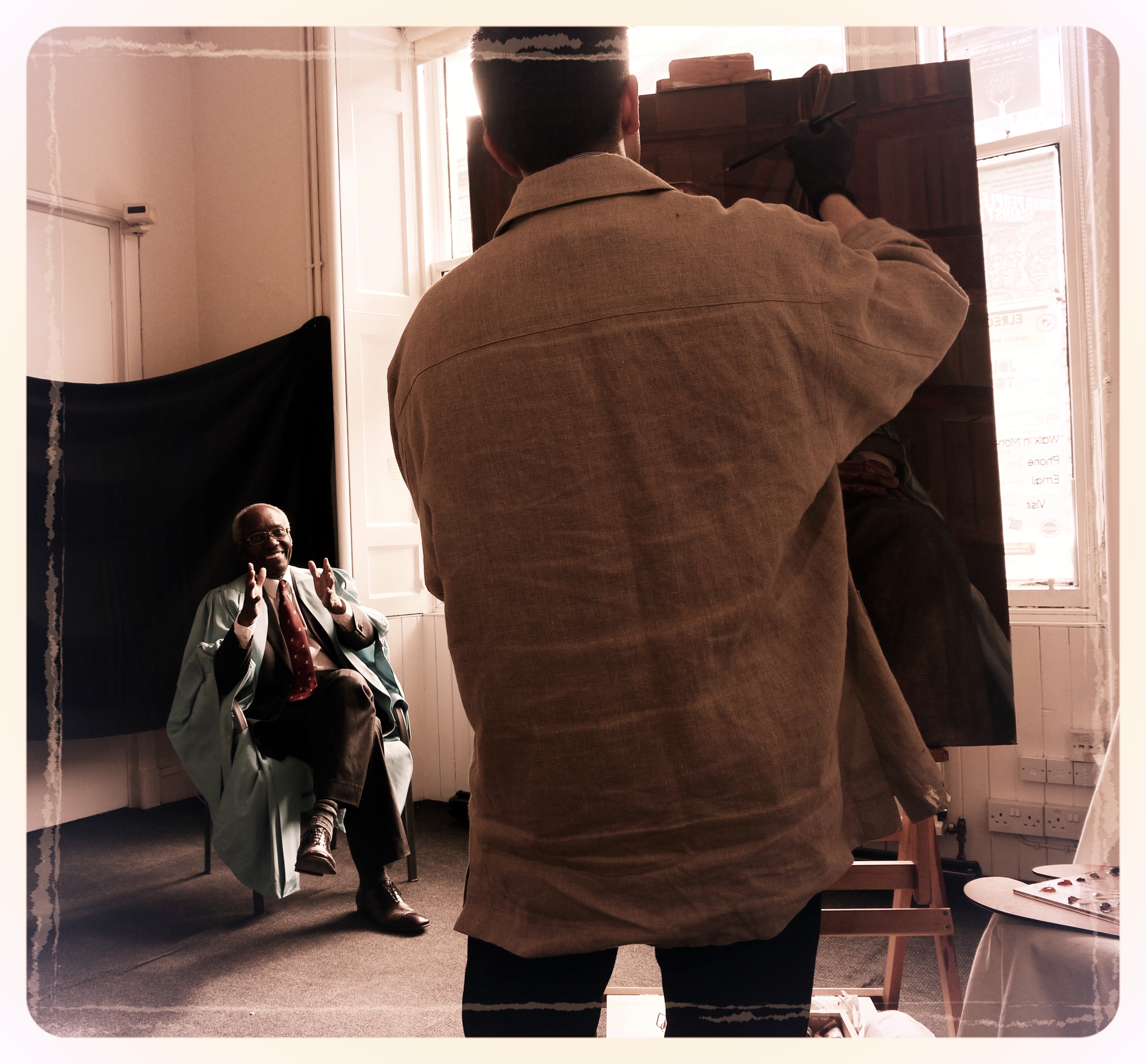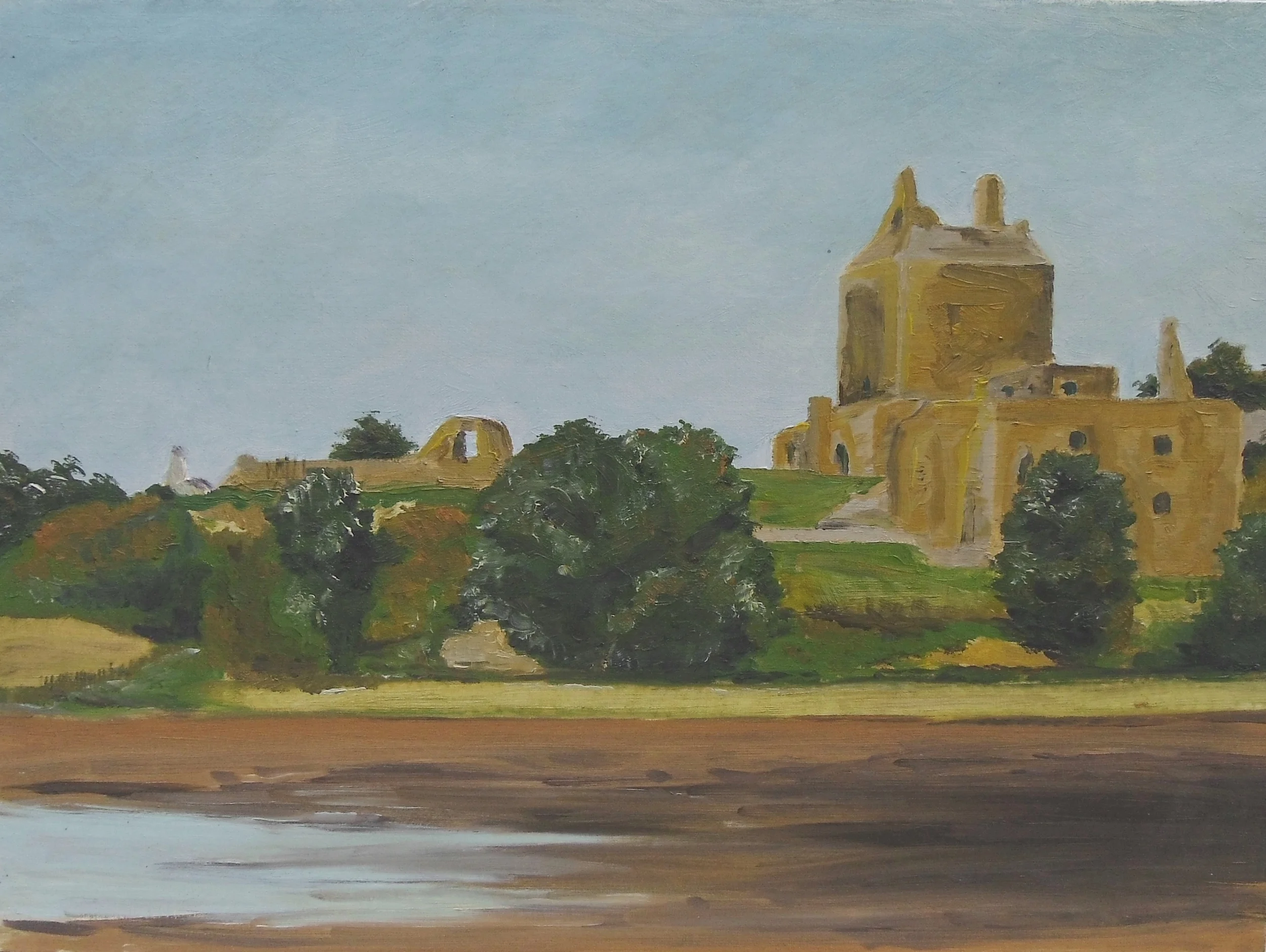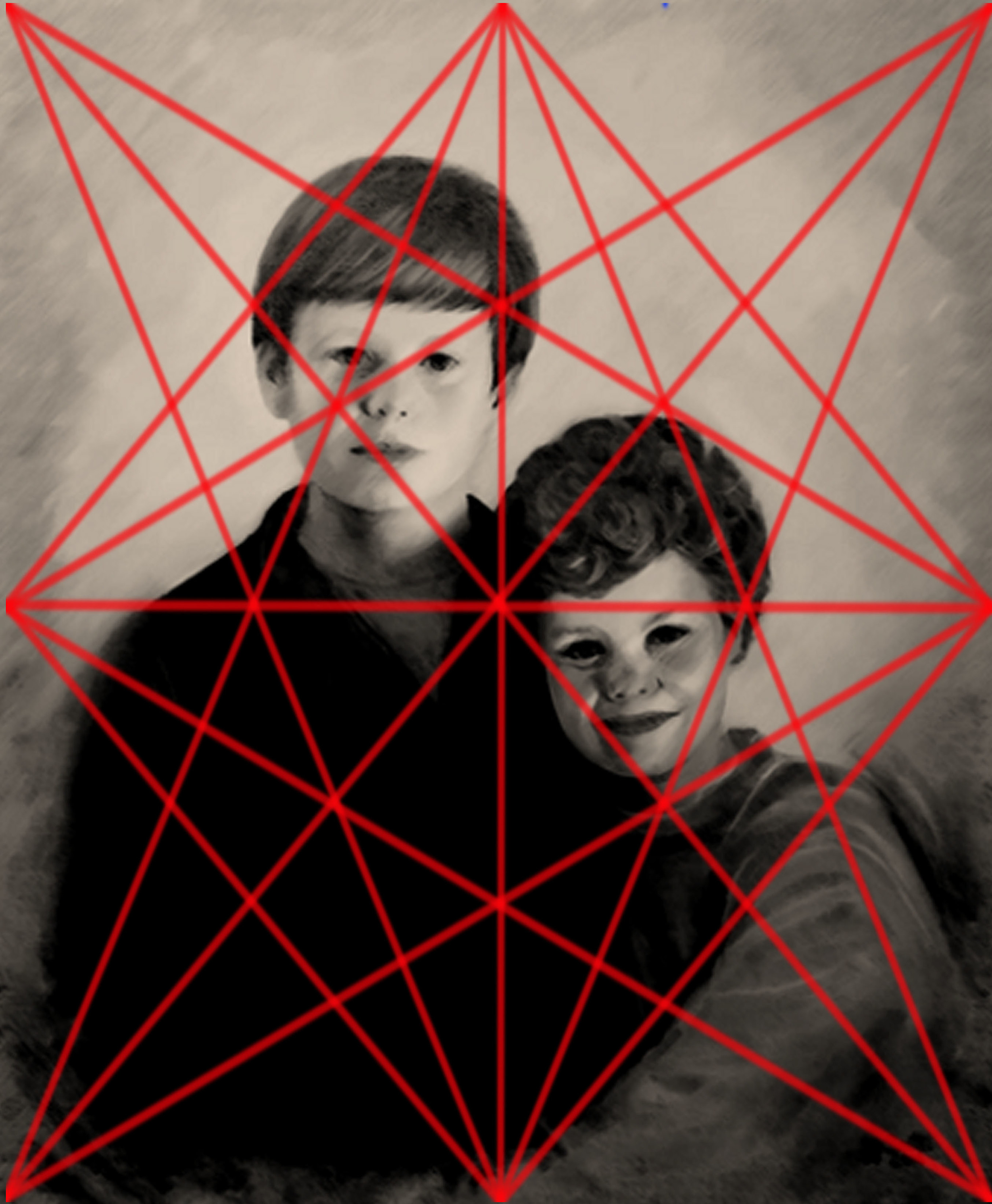This year I had the honour of painting a remarkable gentleman of a moral calibre which is becoming rare nowadays. A good man, modest and unselfishly great, whose life experience is one of the most inspiring ones I have encountered as an artist. Our conversations, the trust he gave me and the human kindness he radiates will be among the memories I cherish.
Prof. Sir Godfrey Palmer OBE, Oil on linen, 2015
Professor Sir Godfrey (Geoff) Henry Oliver Palmer OBE (b. 1940) is a Professor Emeritus in the School of Life Sciences at Heriot-Watt University in Edinburgh and a human rights activist. He discovered the barley abrasion process while a researcher at the Brewing Research Foundation from 1968 to 1977. In 1989, he became the first black professor in Scotland, becoming a professor emeritus after he retired in 2005. He has been awarded Honorary Doctorates by Abertay University, the Open University and the University of the West Indies.
In 1998, Palmer became the fourth person, and the first European, to be honoured with the American Society of Brewing Chemists Award of Distinction. He was appointed Officer of the Order of the British Empire in 2003. In 2007, the Bicentenary of the Abolition of the Slave Trade in the British Empire, Professor Geoff Palmer was named among the "100 Great Black Britons". He was knighted in the 2014 New Year Honours for services to the human rights, science, and charity.
Alongside his academic work, Professor Sir Geoff is also a prominent human rights activist and is involved in a considerable amount of charity work in the community. In 2014 I got to know about him through his involvement in Social Housing. This painting was completed during two long sittings which took place this year at The Edinburgh and Lothians Regional Equality Council (ELREC) where the Professor serves as the Honorary President, and many more sessions alone in my studio.
Prof. Sir Geoff and me. Preparing for the second sitting at ELREC.











